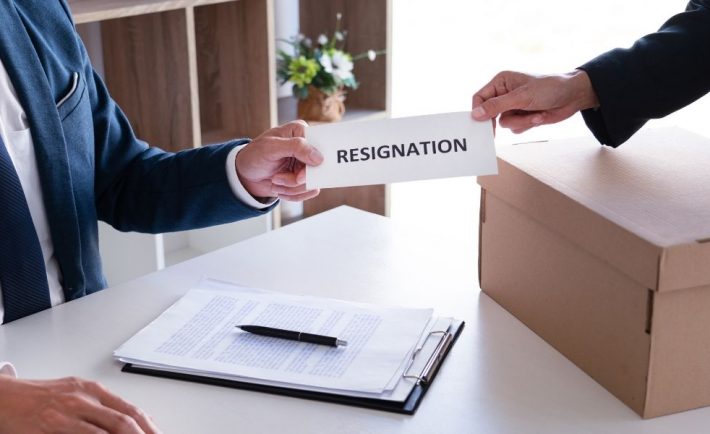Imagine watching a puppeteer manipulating an inanimate object for a show, except that show represents your professional life and the puppeteer is your boss. Isn’t it upsetting?
Having a micromanager as a boss can be a source of stress and frustration as it impacts your day-to-day life.
A micromanager tries to control every aspect of the work, no matter how small the detail can be. Employees can feel distrusted, dissatisfied, and disrespected. Prolonged control over all the aspects of an employee’s work may negatively affect his or her wellbeing and productivity. Quitting can be seen as a viable option if the employee can no longer deal with the situation.
However, it does not have to be this way!
#1: IDENTIFY THE TRIGGERS
Trying to understand the triggers for your boss’ micromanagement can help you be better equipped to deal with the situation. Start by identifying the reasons why he or she micromanages.
Often, micromanagers do not realize what they are doing. Perhaps, your boss micromanages because he is under a lot of stress, or he has a terrible experience with the previous employee.
Experts say that micromanaging can also be rooted from a personality trait. Individuals with strong organizational tendencies find it difficult to delegate tasks to others. These people find it hard to trust someone else to do the job as well as them, or to complete a task within their expected timeframe.
#2: ASK WHERE YOU CAN IMPROVE
Being polite and direct will serve you best. Ask your boss about the areas that you can improve on to address the company’s needs.
You can also be open about how your boss’ management behavior makes you feel by providing specific examples.
After sharing your thoughts on your intention to improve the collaboration and support, advise your boss that you are most productive when you are given the autonomy to meet those needs. You can also set weekly check-ins to alleviate the hovering.
#3: PROVIDE UPDATES REGULARLY
Micromanagers want to be in control. They want to check-in on your work to make sure that things are going smoothly to the schedule. Since micromanagers cannot do everything by themselves, they do their hardest to stay as involved as possible.
Try being proactive when sending regular updates before your boss has a chance to ask for these from you. List the things you want to accomplish within the day and email it to your boss. Regularly sending updates can serve multiple purposes.
Firstly, your boss knows exactly where your current workload stands. Questioning can be minimized. Secondly, your boss will realize how detail-oriented you are and that you can manage your own responsibilities without intervention. Lastly, it can help your boss address immediate concerns at one glance, which can reduce frequent check-ins.
#4: BUILD CONNECTION AND TRUST
Do you agree that trust is the key to any healthy relationship? Be it personal or professional, trust can build a solid foundation for you and your micromanaging boss.
When your boss does not trust your decisions and abilities, he or she will always monitor you. Developing synergy and building trust by creating time to connect and sharing what you are currently doing can help your situation. This allows your boss to create a space for growth.

Image Credits: unsplash.com
Shifting your micromanaging boss’ leadership style is not easy, and change is not immediate. As an employee, you can show your boss that you are trustworthy and responsible to inspire that change over time.









